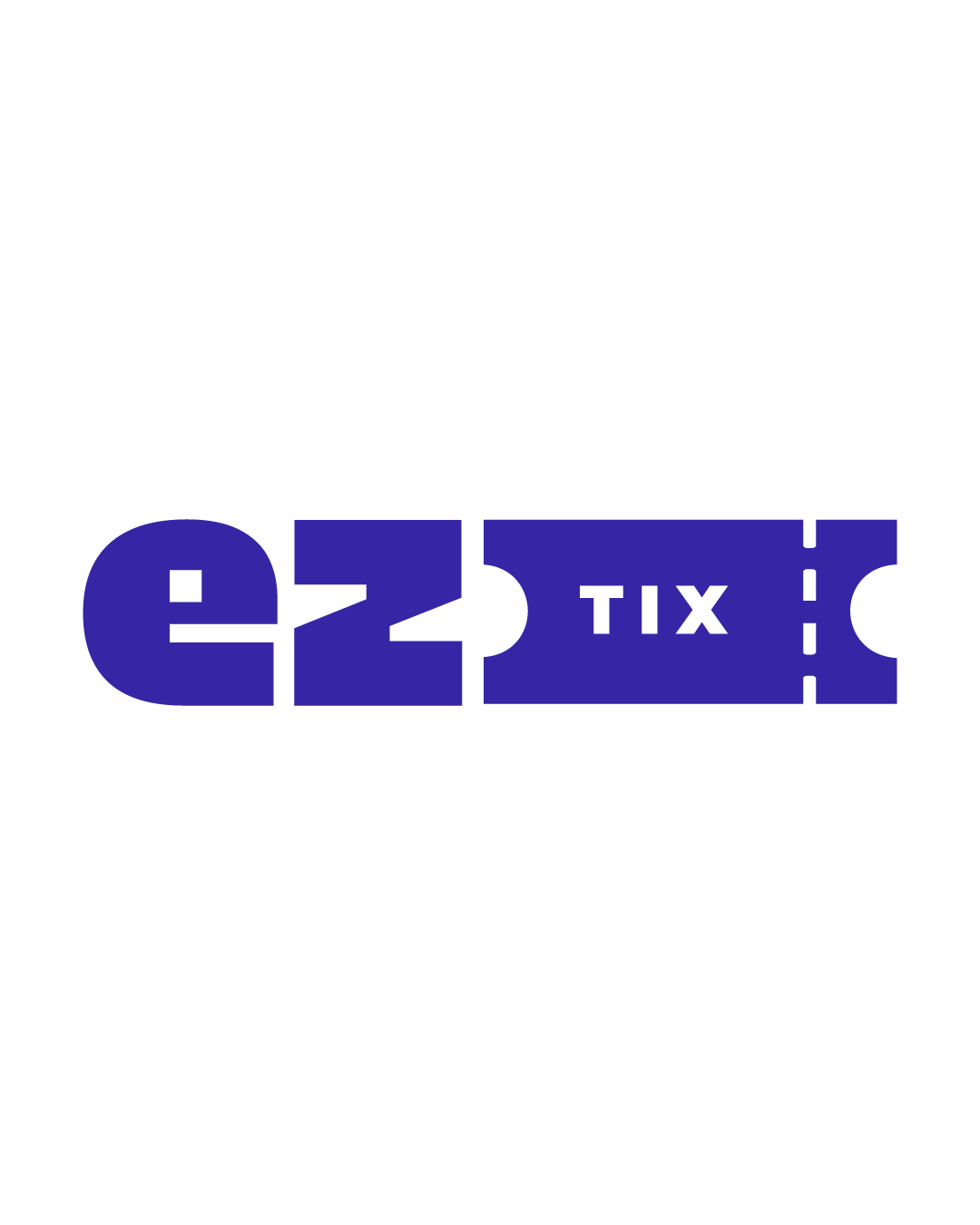Zapier Integration
Important
Step 1: Set Up Email Forwarding in EventCube
- Log in to your EventCube account and navigate to Settings > Notifications
- Ensure that Order Confirmation Emails are enabled for your events
- Create a dedicated email address that will receive copies of all order confirmations (e.g., orders@yourdomain.com)
- Set up email forwarding to automatically forward all order confirmation emails to this dedicated address
Note
Step 2: Create a New Zap in Zapier
- Log in to your Zapier account at zapier.com
- Click the Create Zap button in the top-left corner
For the trigger app, search for and select Email by Zapier or Gmail (depending on your email provider)
- Select New Email as the trigger event
- Connect your email account and follow the authentication steps
Step 3: Configure the Email Trigger
Set up a filter to only trigger on EventCube order confirmation emails. Look for options like:
- From Address: Enter the EventCube notification email (e.g., notifications@eventcube.io)
- Subject Contains: Enter "Order Confirmation" or the specific subject line used by EventCube
- Click Continue and test the trigger to make sure it works
- For testing, you may need to forward a sample EventCube order confirmation email to your connected email account
Step 4: Set Up Email Parsing
Add a Formatter by Zapier step to extract order information from the email
Select Text as the transformer and Extract Pattern as the transformation type
Create extraction patterns for the key order information. You'll need to examine an EventCube order confirmation email to identify the patterns. Common fields to extract:
- Order ID: Look for patterns like "Order #123456" or "Order ID: 123456"
- Event Name: The title of the event
- Customer Name: The purchaser's name
- Customer Email: The purchaser's email address
- Ticket Type(s): Names of purchased tickets
- Quantity: Number of tickets purchased
- Total Amount: The order total
- Test the extraction to ensure it correctly pulls the data from your sample email
Pro Tip
Step 5: Set Up the Webhook Action
Add a Webhook by Zapier action step
Select POST as the action event
Enter your application's webhook URL:
https://your-app.com/api/zapier/order-completedSet up the payload format as JSON with the following structure, mapping the extracted fields from the previous step:
{ "order_id": "{{extracted_order_id}}", "event_id": "{{extracted_event_id}}", "status": "completed", "customer": { "name": "{{extracted_customer_name}}", "email": "{{extracted_customer_email}}" }, "items": [ { "id": "item1", "event_name": "{{extracted_event_name}}", "ticket_name": "{{extracted_ticket_type}}", "quantity": {{extracted_quantity}}, "price": {{extracted_price}} } ], "total_amount": {{extracted_total_amount}} }- Add a Secret Key header for security:
- Header Key: X-Webhook-Secret
- Header Value: your_secret_key_here
Step 6: Test and Activate Your Zap
- Click Test & Continue to test your webhook action
- Check your application logs to ensure the webhook was received correctly
- If the test is successful, click Publish to activate your Zap
Success
Troubleshooting
If you encounter issues with your Zap, check the following:
- Email Filtering: Make sure your email filter correctly identifies EventCube order confirmation emails
- Extraction Patterns: Verify that your patterns correctly extract data from the emails
- Webhook URL: Ensure your webhook URL is correct and your server is accessible from the internet
- Payload Format: Check that the JSON payload structure matches what your application expects
- Zapier Task History: Review the task history in Zapier to see detailed logs of each execution
